Structural Mechanics Blog Posts
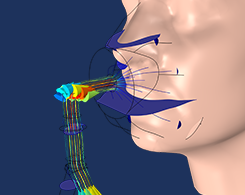
Optimizing an NIV Mask Design with Multiphysics Simulation
NIV masks offer a form of noninvasive monitoring and ventilation for COVID-19 patients, which lessens the need for ventilators and other mechanical respirators.
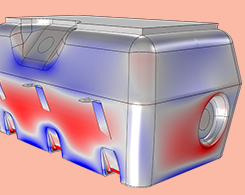
What Is the Best Way to Analyze Fuel Tank Vibration?
In a traditional approach for modeling a fuel tank, the fluid mass is dispersed through the tank’s wetted surface. A multiphysics method specifically models the acoustic pressure in the fluid.

Modeling Heat Transfer in Thin Layers via Layered Material Technology
We answer some questions you may have about the Layered Material functionality in the COMSOL® software: What does it do? How do you update existing models? How do simulations benefit from it?
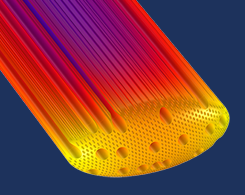
6 Ways Engineers Are Using Simulation to Help the Environment
Energy-efficient buildings and appliances. Safe nuclear waste storage. Well-preserved freshwater lakes. These are just a few examples of how simulation is being used to help the environment.
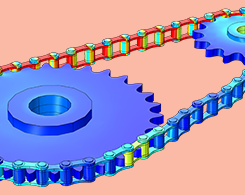
How to Model a Chain Drive in COMSOL Multiphysics®
You’ve already learned how to use built-in geometry parts to model roller chain sprocket assemblies. Now, learn how to use the geometry as an input to automatically generate a chain drive model.
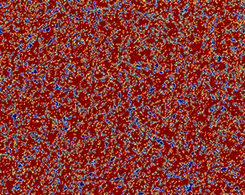
Material Characterization by Means of Simulation
Carbon-based materials, such as synthetic specialty graphites, are found in many industries, including solar, semiconductor, car manufacturing, ceramics, and metallurgy.
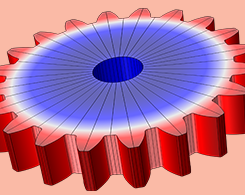
Simulating the Carburization and Quenching of a Steel Gear
Gears are typically carburized and quenched to improve their fatigue durability and wear resistance. Simulation can help determine how these processes affect the gear’s residual stress state.

Verifying a HAMSTAD Benchmark for an Insulated Roof Model
Heat and moisture (HAM) transport is an important area of study for building materials and structures, as it can affect the rate and coverage area of mold growth.
